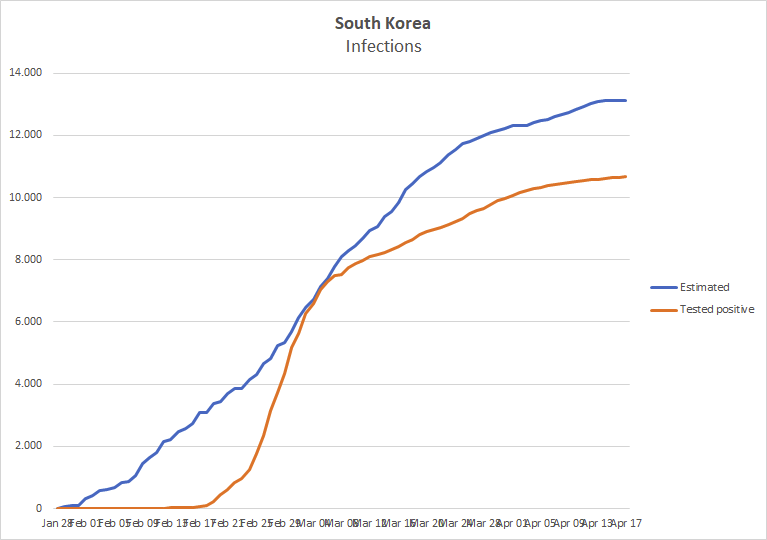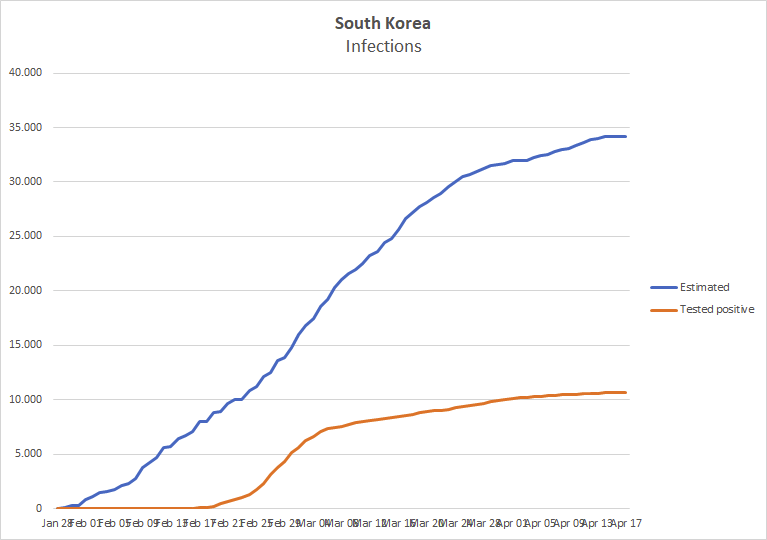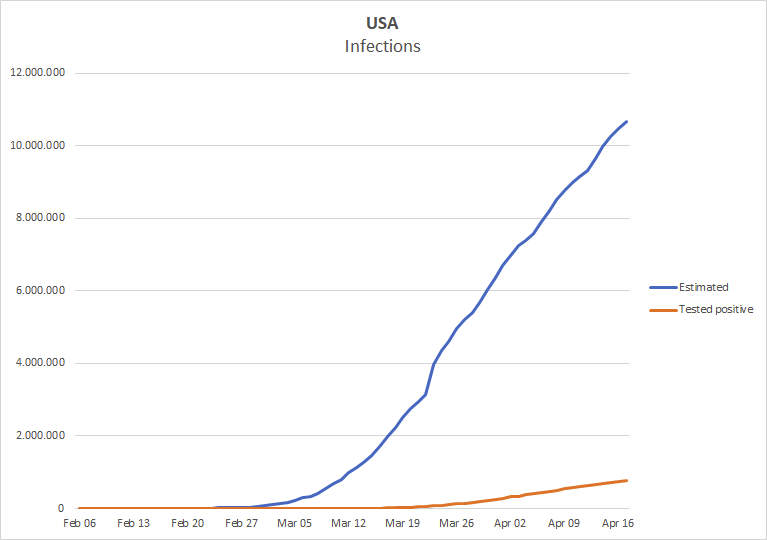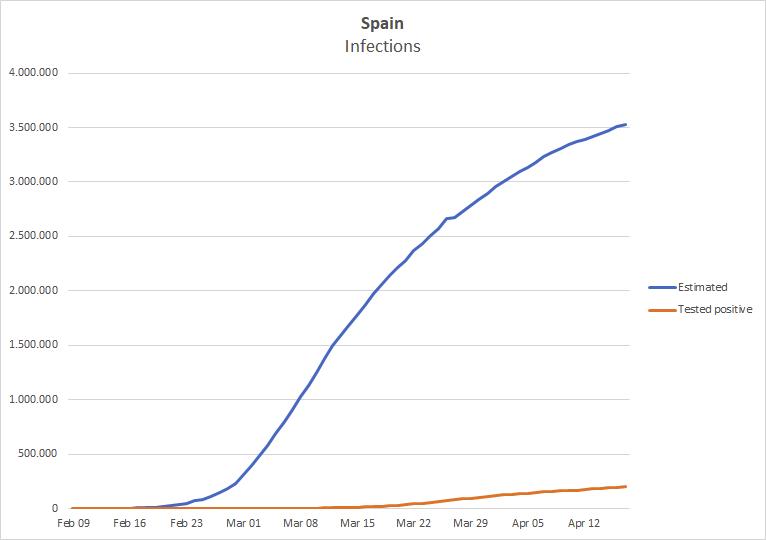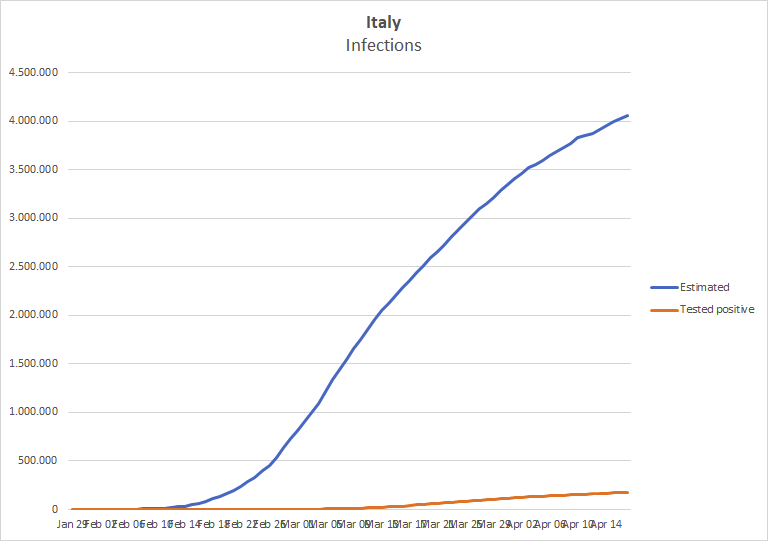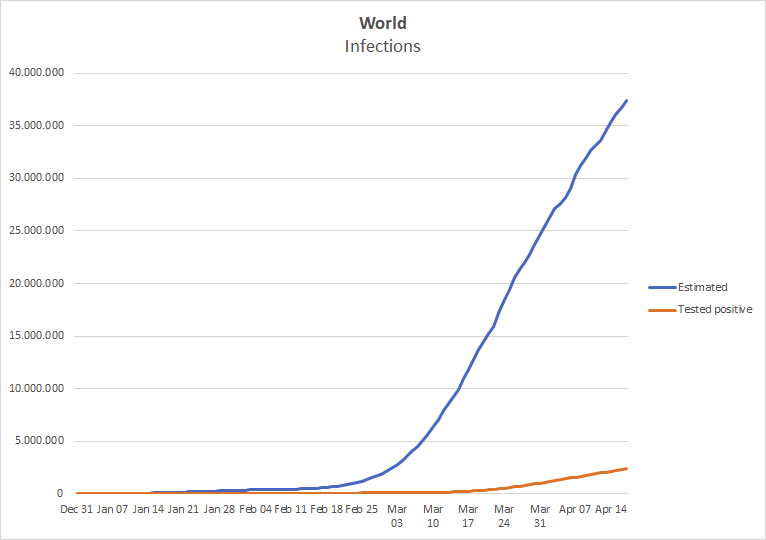.
Referenced Article (Frontiers in Microbiology, April 11, 2018):
“Bats, Coronaviruses, and Deforestation:
Toward the Emergence of Novel Infectious Diseases?”
Coronaviruses (CoV) were for a long time associated with several major veterinary diseases such as avian infectious coronavirus, calf diarrhea, winter dysentery, respiratory infections (BRD-BCoV) in cattle, SDCV, PEDV, SECD in swine and dog, intestinal disease or Feline Infectious Peritonitis (Saif, 2014), and the human mild and common cold. However, SARS emerged in 2002 in China and spread across 29 other countries with a 10% death rate. More recently, the MERS-CoV outbreak in Saudi Arabia in 2012 displayed a death rate of 38%. The emergence of these two events of highly pathogenic CoVs shed light on the threat posed by coronaviruses to humans. Bats are hosting many viruses (Calisher et al., 2006) and in particular coronaviruses, which represent 31% of their virome (Chen et al., 2014). Furthermore, bats display a remarkable resistance to viruses (Omatsu et al., 2007; Storm et al., 2018). The risk of emergence of a novel bat-CoV disease can therefore be envisioned. …
… The biological problem of viral emergence has not fundamentally changed, however the probability of occurrence of the risk is increasing owing to environmental change and higher environmental pressure. … the emergence of a disease is impossible to predict. It is an accidental process, i.e., the occurrence of an extremely low probability event resulting from a stochastic combination of low probability independent events. If the exact time and nature of the emergence of a disease cannot be predicted, the increased probability of encounter and occurrence of an emergence-leading chain of events yielded by anthropized environments must be considered seriously. …
… Major human infections by bat-borne viruses have been documented quite recently, although they might have occurred earlier in history. CoVs were mostly associated with veterinary diseases, with livestock and pets acting as intermediate carriers for transfer to humans. … the emergence of a novel pathogen within the immune-naive human population. In such a case, the risk of large epidemics is very high along with high mortality. Once adapted to humans, CoVs may evolve to develop a more efficient intra-species mode of transmission. During SARS outbreaks in Toronto and Taiwan, certain persons were very efficient at transmitting SARS-CoV and were named “Superspreaders” (McDonald et al., 2004). A total of 83.2% of the transmission events were epidemiologically linked to five “superspreaders,” all of whom had pneumonia diagnosed at the first medical consultation. …
… the problem of bat-borne viruses is not restricted to CoVs. Among the 60 viral species reported to be associated with bats, 59 are RNA viruses which might possibly be responsible for emerging and re-emerging infectious diseases in humans (Brook and Dobson, 2015). However, bats are not necessarily involved in primary infection of humans. The main risk for emergence of diseases is directly linked to the development of anthropized environments and their attractiveness for different bat species. …
… A recent phylogenetic study has provided strong evidence that viruses isolated from bats in China are clustering by geographical location rather than by bat species, suggesting that high contact rates among specific bat species favor the spread of CoVs (Lin et al., 2017). It is believed that most CoVs, if not all, are also circulating in different mammal species originating from ancestral bat CoVs. Notably, only a small minority of the estimated 1,240 bat species has been tested for CoVs. It is likely that many more CoVs could be discovered in bats. Although 31% of bat-borne viruses are CoVs (Calisher et al., 2006), only 6% of all CoV sequences in GenBank are from bat CoVs.
Even though the direct transmission of bat CoVs to humans has not been evidenced yet, the creation of conditions for more frequent encounters between bat CoVs, domestic animals and humans poses a significant threat for the future (Chan et al., 2013). … The emergence of a disease is an accidental process and it is therefore impossible to predict the scenarios and dynamics of emerging infectious disease events. The attractive effect on bats of anthropized environments is a major risk factor in the emergence of novel bat-borne diseases in both humans and animals.



